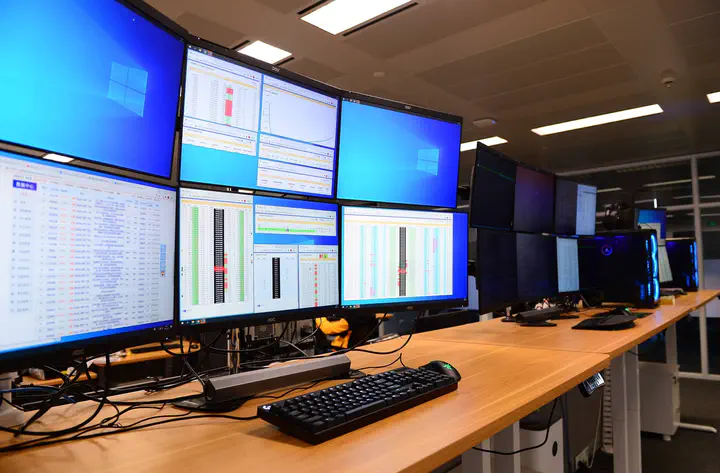Low-Latency Trading and Automobile Racing
Reasons to be interested in low-latency trading

One of the interview questions we at Midas Technologies always ask our applicants is why they are interested in low-latency trading. One of the reasons we do this is because we want to see how much effort you have put into your interview preparation. When you dedicate significant effort into your preparation, you’re telling us that you’re naturally hardworking, always prepared, and that you could be a good future member of the team.
Another reason we ask is because we want to see how well you understand the role. If you clearly know what you’re applying for and therefore have actively chosen to pursue this career path, this indicates that you are dedicated and passionate. You’re both more likely to be happy working with us for a long time, and we’re more likely to be happy working with you.
But perhaps the biggest reason we ask applicants their reasons for joining the low-latency trading industry is to assess how similar their motivations are to our own. Why we choose to do what we do is important: strong motivation leads to results, compelling our best people to put in the extra time to improve the things we have, add support for the needed things we do not have, and work efficiently as a team to drive returns. This culture is a core component of Midas and makes us who we are.
So, why do we do what we do? To more fully answer this question, it helps to draw an analogy.
Low-latency trading is like automobile racing. In both racing and trading, a fixed time-interval event determines rank. In racing, the fastest car, driver, and pit stop team achieves first place and is considered the best. In trading, the team that makes the most money between market open and close on any given day is considered the best. In both racing and trading, much of what goes into determining rank happens outside said event. In racing, a lot of research and engineering effort goes into developing the fastest car, and, in trading, a lot of research and engineering effort go into developing the most profitable trading system.
Let’s consider why racers race. To some extent, they must enjoy the very act of racing, driving at high speeds, taking the optimal path around a course, and avoiding collisions. Many low-latency traders, myself included, enjoy trading. Trading is a lot less manual than it used to be, but we can still tweak certain parameters that directly affect our profit and loss. When markets are volatile, particularly when much is at stake, trading can be as fun and exciting as racing.
Race-car drivers must also enjoy the work outside of racing – for instance developing and testing improved hardware components. We traders also enjoy the trading-related, non-trading activities, like model-building and strategy development.
But perhaps there is a subtle, more significant motivator, at least for race-car drivers by profession. In fact, perhaps it exists not only for professional race-car drivers, but more generally for athletes at the highest levels of any competitive sport. Perhaps the realization that those among the best can indeed count themselves as being among the best, that in essence few others have worked hard enough to cultivate the necessary skill and domain knowledge to compete effectively, is a powerful fuel in itself. That is, once people reach a certain level of performance, they enter a virtuous cycle and become more motivated to perform for the sake of performance.
We are like these people. A significant part of why we do what we do is because, as far as we know, we are among the best. And that knowledge drives us.
We hope that you are motivated and excited by the same. When considering why you are interested in low-latency trading, think: “I could be among the best for reasons x, y, and z, and I want to be the best at what I do.”